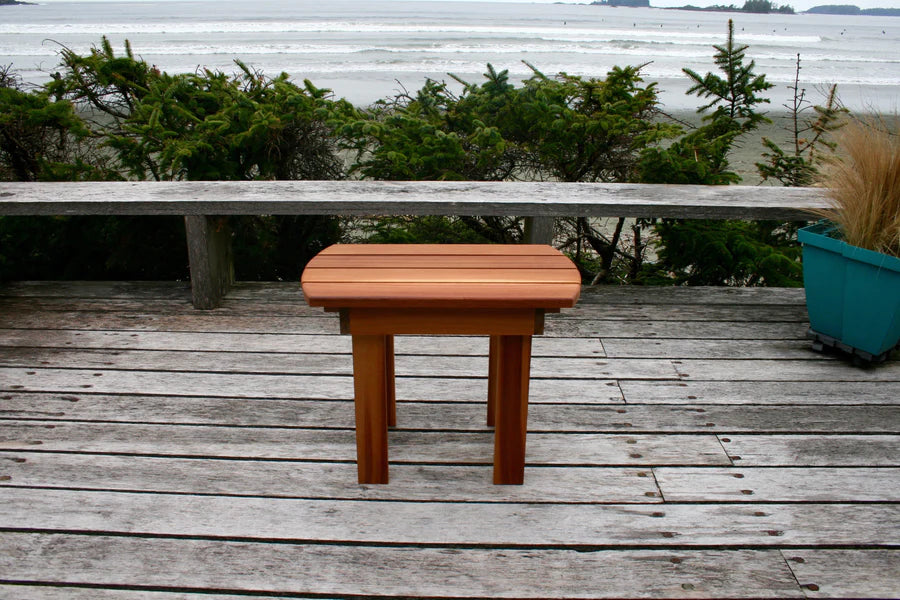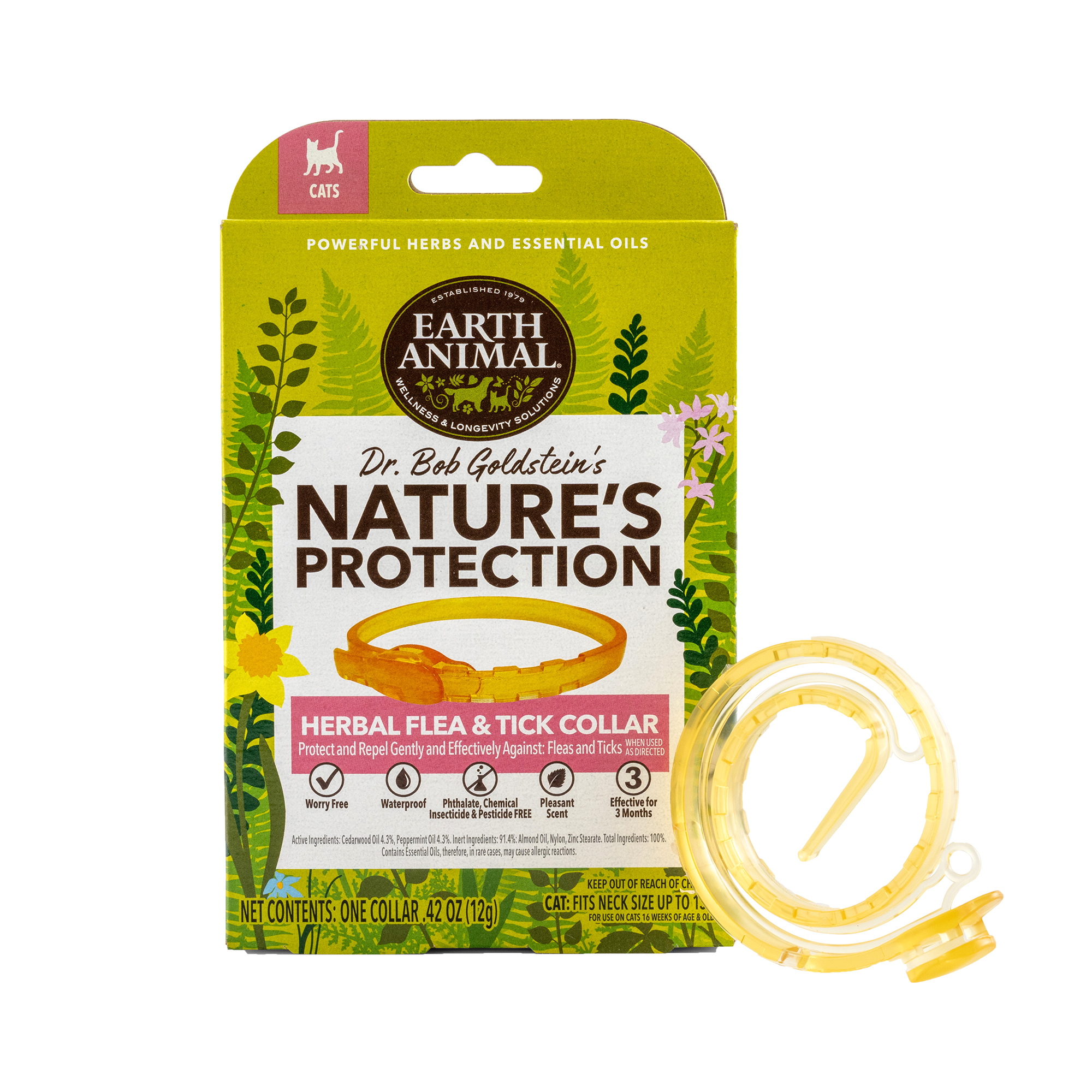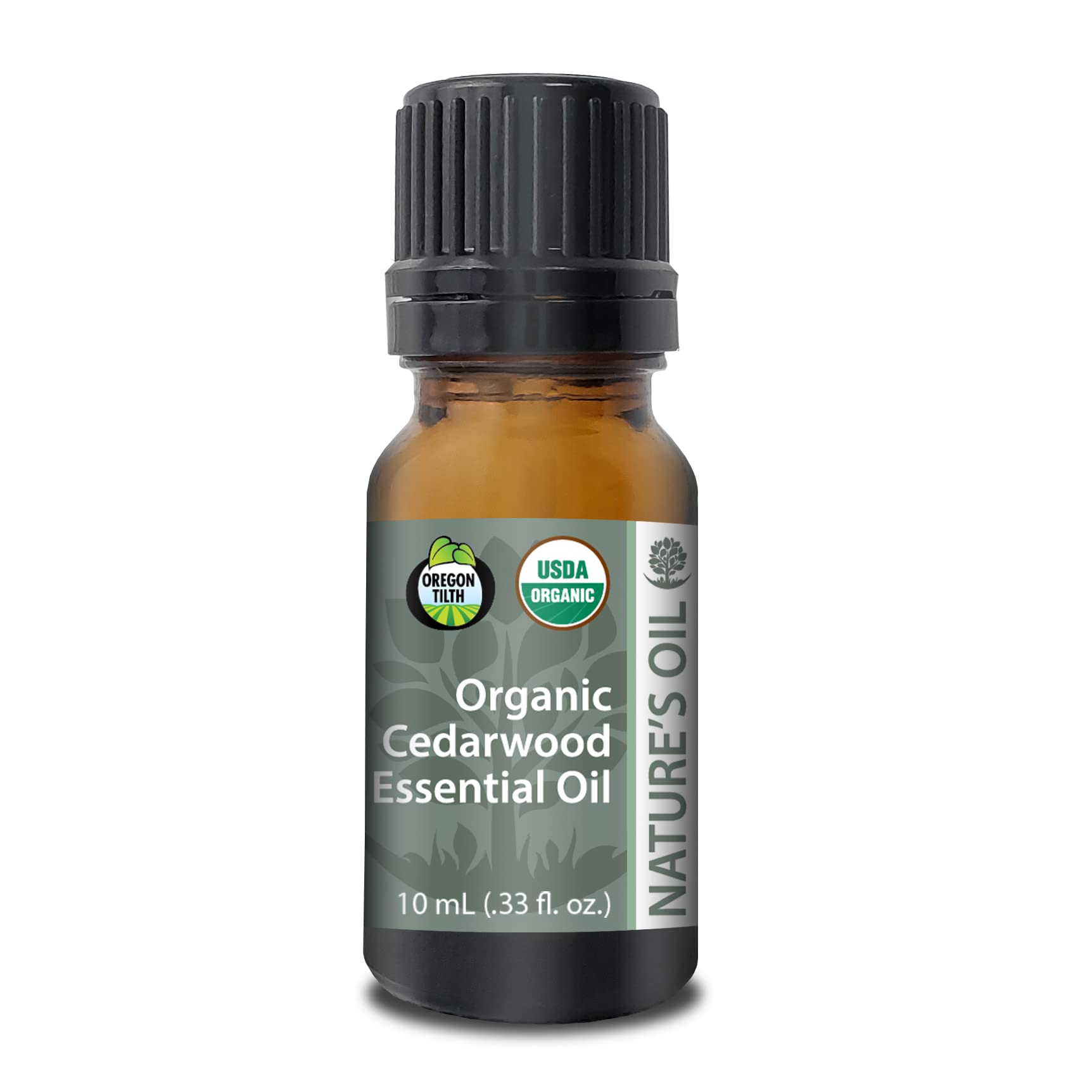To oil cedar wood, use a lint-free cloth and apply a thin, even coat. Avoid excess oil to prevent buildup.
Cedar wood is a popular choice for furniture, decks, and outdoor structures due to its natural beauty and durability. Oiling cedar wood not only enhances its appearance but also helps protect it from environmental elements. The process of oiling cedar wood is simple and can be done easily at home with the right materials and technique.
We will explore the benefits of oiling cedar wood, the steps involved in the process, and the best practices to ensure your cedar wood stays looking its best for years to come. Let’s dive in and discover how to properly care for and maintain your cedar wood surfaces through oiling.

Credit: www.tofinowoodshop.com
Why Choose Cedar Wood?
Naturally Durable
Cedar wood is naturally durable due to its high resilience to elements.
Insect And Rot Resistant
Cedar wood naturally repels insects and resists rotting, making it ideal for outdoor use.
Aromatic Properties
The distinctive aroma of cedar wood adds a pleasant scent to surroundings.
Understanding The Need For Oiling
Cedar wood is prized for its natural beauty and durability, but to ensure its longevity, regular oiling is essential. By understanding the importance of oiling cedar wood, you can protect it from the elements and enhance its appearance.
Preventing Weathering And Fading
Oiling cedar wood helps to prevent weathering caused by exposure to sunlight and moisture. The oil acts as a barrier, shielding the wood from damaging UV rays and preventing fading over time.
Maintaining Moisture Content
Oiling cedar wood helps to maintain its moisture content, preventing it from drying out and becoming brittle. This reduces the risk of cracking and warping, ensuring the wood remains strong and resilient.
Enhancing Natural Grain
When you oil cedar wood, it enhances the natural grain and brings out its inherent beauty. The oil accentuates the unique patterns and colors of the wood, creating a rich and lustrous finish.
Selecting The Right Oil
Selecting the right oil for oiling cedar wood is crucial to maintain its natural beauty and durability. Properly chosen oil can protect against moisture, rot, and UV damage, ensuring your cedar wood lasts for years to come.
Benefits Of Cedar-specific Oils
When it comes to preserving and protecting cedar wood, selecting the right oil is crucial. Cedar-specific oils offer numerous benefits that enhance the longevity and beauty of your cedar wood products. These oils are specifically formulated to nourish the wood, repel moisture, and deter pests. Using cedar-specific oils ensures that you are providing the best care for your cedar wood, promoting its natural durability and resistance to decay.
Alternatives For Different Budgets
If you’re looking for alternatives that suit different budgets, there are options available apart from cedar-specific oils. While cedar-specific oils are highly recommended for their effectiveness, some affordable alternatives can still provide decent protection for your cedar wood. Here are a few options to consider:
1. Linseed Oil: A common alternative that penetrates the wood, providing moisture resistance and protection against rot. While not as effective as cedar-specific oils, linseed oil is more budget-friendly.
2. Mineral Oil: Often used for cutting boards and food-grade applications, mineral oil is a safe and affordable option that enhances the natural beauty of cedar wood while offering some protection against moisture.
3. Tung Oil: Known for its water-resistant properties and long-lasting finish, tung oil can be a slightly costlier alternative. It penetrates the wood deeply and provides excellent protection against insects and moisture.
Remember, while these alternatives can offer some protection, they may not provide the same level of effectiveness as cedar-specific oils. Consider your budget and the level of protection you require when choosing an alternative.
Conclusion
https://woodworkingadvisor.com/cedar-cutting-board-is-cedar-food-safe/Selecting the right oil is essential for the maintenance and care of your cedar wood products. While cedar-specific oils offer superior protection, there are alternatives available that cater to different budgets. Ensure you assess your needs and consider the benefits of each option to make an informed decision. By giving your cedar wood the proper care it requires, you can enjoy its natural beauty and durability for years to come.

Credit: earthanimal.com
Preparing The Cedar Wood Surface
When preparing cedar wood for oiling, it’s crucial to properly clean and sand the surface to ensure a smooth and even finish. Additionally, any previous finishes should be removed to allow the oil to penetrate the wood effectively. By following these steps, you can ensure the cedar wood is ready to absorb the oil, resulting in a beautiful and long-lasting finish.
Cleaning And Sanding
Before oiling cedar wood, it’s essential to clean the surface thoroughly to remove any dirt, dust, or other debris. Use a mild detergent and water solution to gently scrub the wood, then rinse with clean water and allow it to dry completely. Once dry, lightly sand the cedar wood with fine-grit sandpaper to smooth the surface and remove any rough patches.
Removing Previous Finishes
If the cedar wood has been previously finished with a sealant or varnish, it’s important to remove it before applying the oil. Use a chemical stripper or sanding to completely remove the existing finish, ensuring the surface is clean and ready to absorb the new oil. This step is vital to ensure that the oil can penetrate the wood and provide a durable and attractive finish.
Oiling Techniques For Cedar Wood
Oiling cedar wood is an essential process in preserving its natural beauty and prolonging its lifespan. The proper techniques for oiling cedar wood can enhance its durability and protect it from environmental damage. Understanding the effective methods for applying oil to cedar wood is crucial for achieving optimal results.
Brushing Vs. Spraying
When oiling cedar wood, you can choose between two primary application methods: brushing and spraying. Brushing the oil onto the wood allows for better control and penetration into the grain, resulting in a more even coating. On the other hand, spraying can be quicker and is suitable for larger surfaces. Consider the size of the project and the level of precision required when deciding between these two methods.
Applying Multiple Coats
Applying multiple coats of oil to cedar wood can significantly enhance its protection and visual appeal. Each coat should be applied thinly and evenly, allowing sufficient drying time between each layer. This process builds up a robust barrier against moisture and UV rays, which are the primary causes of wood deterioration.
Proper Drying Time
After applying oil to cedar wood, it’s crucial to allow for proper drying time to ensure the oil fully penetrates and adheres to the wood. Typically, the drying time can vary depending on factors such as temperature and humidity. Adequate ventilation should be provided to expedite the drying process, helping to prevent any potential issues such as uneven drying or adhesion problems.

Credit: www.amazon.com
Frequently Asked Questions Of Oiling Cedar Wood
What Oil Is Best For Cedar?
For cedar, the best oil is a penetrating oil like tung or linseed oil. These oils enhance the wood’s natural beauty and provide long-lasting protection.
Does Cedar Need Oiling?
No, cedar does not need oiling as it naturally resists rot and decay. Regular cleaning is sufficient to maintain its appearance.
Is It Better To Oil Or Stain Cedar?
When it comes to cedar, it is better to stain it instead of oiling. Staining provides better protection against sunlight, weather, and rotting, while preserving the natural beauty of the wood. Additionally, staining enhances the grain and color of cedar, making it a more appealing choice.
What Is The Best Coating For Cedar Wood?
The best coating for cedar wood is a clear, penetrating oil finish. It enhances the natural beauty and protection of the wood while allowing it to breathe. This coating provides long-lasting durability and is easy to apply and maintain.
Conclusion
To summarize, oiling cedar wood is a crucial step in protecting its beauty and durability. By following the proper techniques and using the right type of oil, you can enhance and preserve the natural features of cedar. Regular maintenance will ensure that your cedar wood products, such as furniture or decking, last for years to come.
Remember, a little effort in oiling now can save you from costly repairs or replacements in the future. Embrace the benefits of oiling cedar wood and enjoy its timeless appeal.


